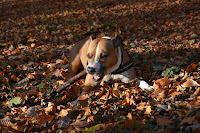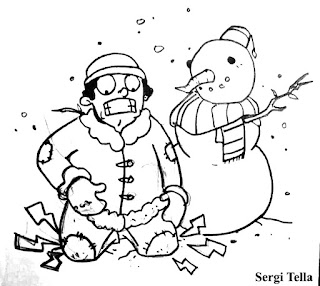Week 3: Articles
In the last posts we went through what we called 'absurd associations', which were associations that were memorable and allowed you to recover the trigger to a memory, and therefore, recall the memory, that was used to memorize a selection of the most frequent words in the German language. Last week, I talked about reviews and how to make the most of them. This week, I will get a bit more into specifics of the language, such as how to learn the correct articles (which might be different from, in my case, the Spanish ones. e.g. (ES, masculine) El sol, die Sonne (DE, feminine) - the sun).
Articles
In German, we have masucline, feminine, and neutrum articles. Usually, people advice to learn them together with the nouns. I believe that this will end up being like this, but I still did not have all the strategies on place. Despite, I really do not care much, at least now, if I say the article wrong, since I know that native speakers will be able to understand me anyway. It is not ideal, but it makes the trick. The default strategy is going to be to say the same article as in my native language. Therefore, I will only have to learn the exceptions. I think that this is a great simplification!
Some people use different strategies such as putting the words in memory palaces or method of loci (a technique that I will talk about in another post), having a memory palace for each word. I have used this technique many times during my studies, and it works really well. However, I do not like that they require a preliminary effort to prepare the palace, and if you run out of space, it must be modified. I prefer a technique in which you could freely add new words as they come.
I have set up three indicators, which will tell me the gender. In my absurd associations, whenever a name has a different gender than in my native language, I will enhance the experience I used to memorize it with the following indicators:
Male: Pitbull
|
Female: Lipstick
|
Neutrum: Baby
|

|
Masculine:
Der Tisch -> the table
Tisch sounds like T-shirt. Let's imagine a table full of T-shirts, and a Pitbull (der) tearing them with fury. To make it more vivid, imagine the noise that the T-shirts make when they are broken.
Feminine:
Die Seife, actually pronounced /Di Saife / -> Soap.
Imagine a samurai with a huge lipstick instead of a katana, saying Sayonara to a soap bar with eyes and mouth (Bob Sponge style), which looks quite scared...
Neutrum:
Das flugzeug, /Das flugzoig/. Flug sounds to me like fluctuation so we could imagine a baby (because of the article Das), floating through the plane, and actually fluctuating in the air from side to side of the plane. Can you imagine how hysterical would the mum be?
This week's job is to go over all the approximately 200 nouns.
The little grammar section:
I think that grammar cannot really be learned as rules. The rules are in the book, and they only come with practice; repetition. So the strategy will be to take those horrible tables and split them into small, self-contained exercises. For example:
Adjektiv Deklination:
Das ist ein Tish.
Der Tisch ist groß.
Das ist ein großer Tish
For this, the rules are simple. Masculine adds -er at the end, feminine adds -e at the end, neutrum adds -es at the end, and plural adds -e. My job is to internalize this type of sentence during this week.
Let me know if this technique works for you as well, or you have a different suggestion!
Happy Learning :)
Truly yours,
Marcel.




Comments
Post a Comment